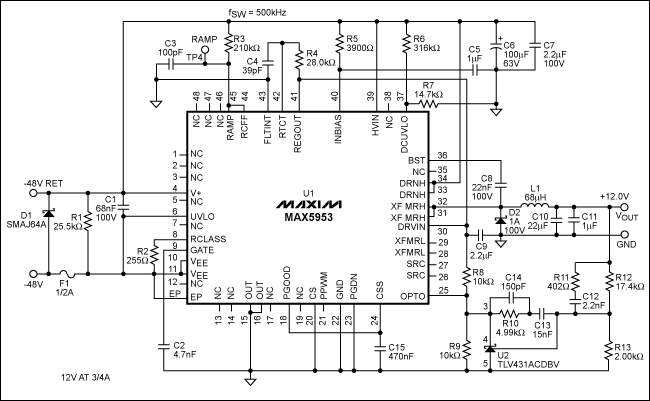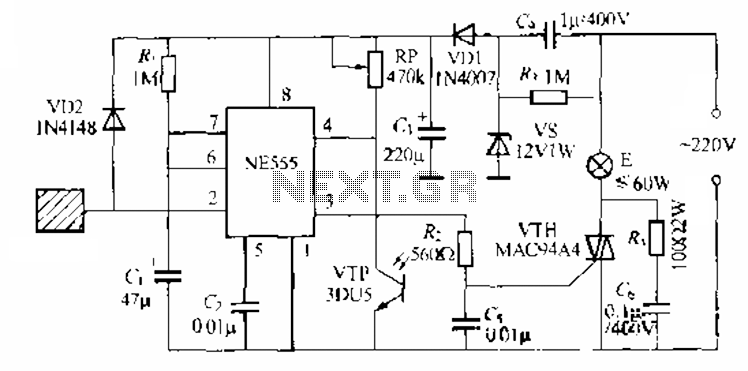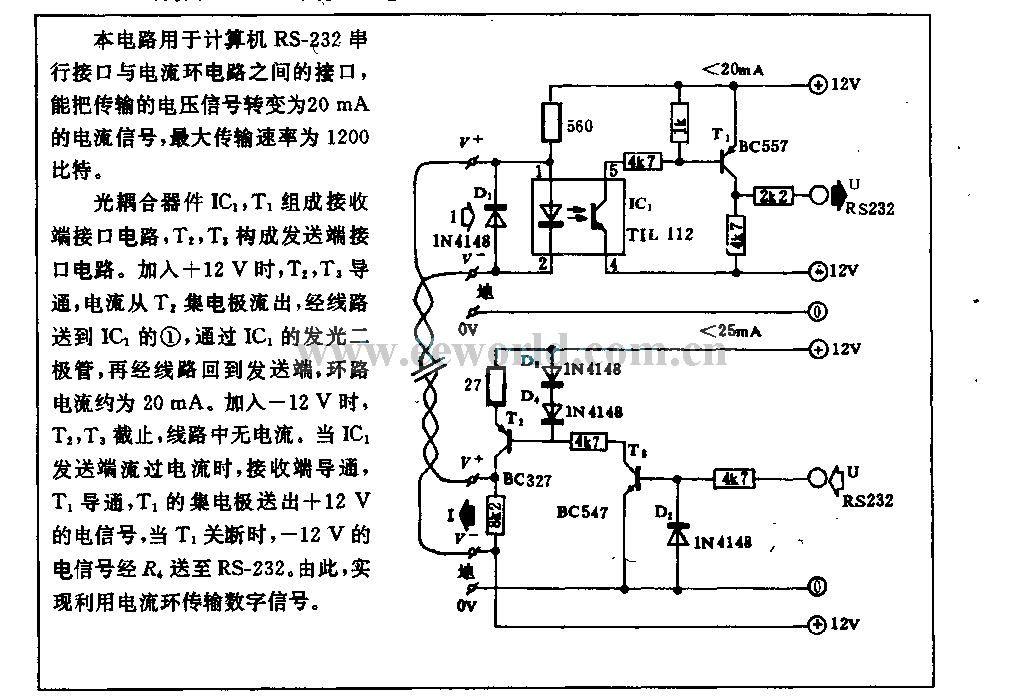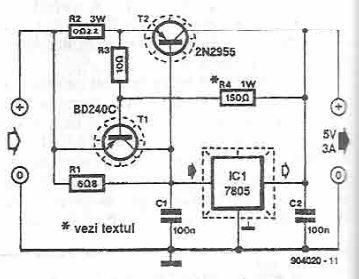
Is there a simpler solution for highside current sensing here
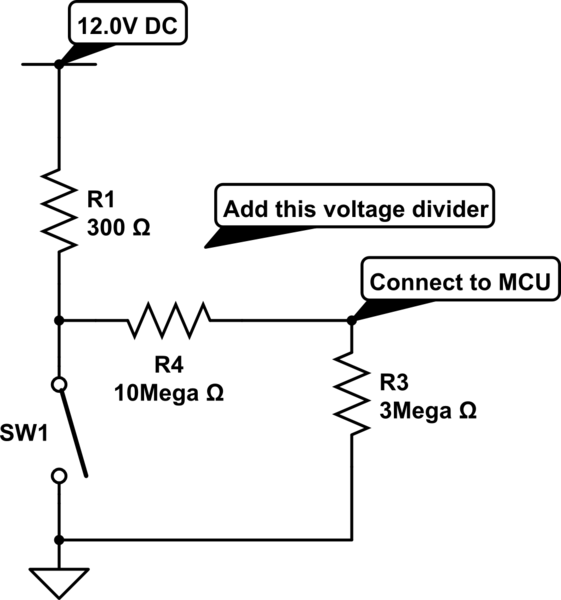
The loads consist of two or more solenoids connected in parallel, sharing a 12V supply. Each solenoid is individually switched to ground through the vehicle's ECU. The objective is to detect when any one of the circuits closes, ensuring that only one solenoid is activated at a time. This detection should be achieved using a single PIC digital input or a comparator, minimizing wiring due to the challenging access to the vehicle's wiring, which is often buried. The common 12V rail is easily accessible. It is essential not to disturb the ground planes or add significant load. Although high-side current sense ICs were considered, they are not available in DIP packages, and SOT packages are undesirable due to the need for hand-soldering on stripboard. The requirement is simply to determine if current is flowing, rather than measuring the amount of current.
To implement the circuit for detecting solenoid activation, a simple approach using a resistor and a transistor can be utilized. The circuit design involves connecting the solenoids in parallel to a common 12V supply, with each solenoid's ground connection routed through a normally open switch controlled by the ECU.
For detection, a resistor can be placed in series with the solenoid, connected to the ground. The voltage across this resistor will indicate whether the solenoid is activated. When the solenoid is energized, current flows through the resistor, creating a voltage drop that can be monitored. This voltage can be fed into a PIC microcontroller's digital input pin.
To ensure that only one solenoid operates at a time, the ECU should be programmed to sequentially activate each solenoid, allowing sufficient time for the PIC to read the voltage level and determine if the corresponding solenoid is active. The microcontroller can be configured with a simple threshold detection algorithm to ascertain if the voltage exceeds a predefined level, indicating solenoid activation.
If a comparator is preferred for detection, it can be configured to compare the voltage across the resistor with a reference voltage. When the solenoid is activated, the voltage will exceed the reference level, triggering the comparator output, which can then be read by the PIC microcontroller.
This design minimizes additional load on the system and avoids interference with the ground planes, fulfilling the requirement for a straightforward and effective detection mechanism while accommodating the constraints of the automotive environment.The loads (2 or more solenoids in parallel) share a 12V supply and are individually switched to ground through the car`s ECU. I need to detect when any one of the circuits close (only one closes at any one time), using a single PIC digital in (or comparator if I must), and with the minimum of wiring (the car`s wiring is buried and a pain to get to although the common 12V rail is easy to get to).
I can`t disturb the ground plane(s) and can`t add much load. I have looked at highside current sense ICs but can`t find them in DIP and don`t want to use SOT if I can help it as I will be hand-soldering to stripboard. Anyway, I don`t need to know how much current is flowing, just whether it is or not. 🔗 External reference
To implement the circuit for detecting solenoid activation, a simple approach using a resistor and a transistor can be utilized. The circuit design involves connecting the solenoids in parallel to a common 12V supply, with each solenoid's ground connection routed through a normally open switch controlled by the ECU.
For detection, a resistor can be placed in series with the solenoid, connected to the ground. The voltage across this resistor will indicate whether the solenoid is activated. When the solenoid is energized, current flows through the resistor, creating a voltage drop that can be monitored. This voltage can be fed into a PIC microcontroller's digital input pin.
To ensure that only one solenoid operates at a time, the ECU should be programmed to sequentially activate each solenoid, allowing sufficient time for the PIC to read the voltage level and determine if the corresponding solenoid is active. The microcontroller can be configured with a simple threshold detection algorithm to ascertain if the voltage exceeds a predefined level, indicating solenoid activation.
If a comparator is preferred for detection, it can be configured to compare the voltage across the resistor with a reference voltage. When the solenoid is activated, the voltage will exceed the reference level, triggering the comparator output, which can then be read by the PIC microcontroller.
This design minimizes additional load on the system and avoids interference with the ground planes, fulfilling the requirement for a straightforward and effective detection mechanism while accommodating the constraints of the automotive environment.The loads (2 or more solenoids in parallel) share a 12V supply and are individually switched to ground through the car`s ECU. I need to detect when any one of the circuits close (only one closes at any one time), using a single PIC digital in (or comparator if I must), and with the minimum of wiring (the car`s wiring is buried and a pain to get to although the common 12V rail is easy to get to).
I can`t disturb the ground plane(s) and can`t add much load. I have looked at highside current sense ICs but can`t find them in DIP and don`t want to use SOT if I can help it as I will be hand-soldering to stripboard. Anyway, I don`t need to know how much current is flowing, just whether it is or not. 🔗 External reference
